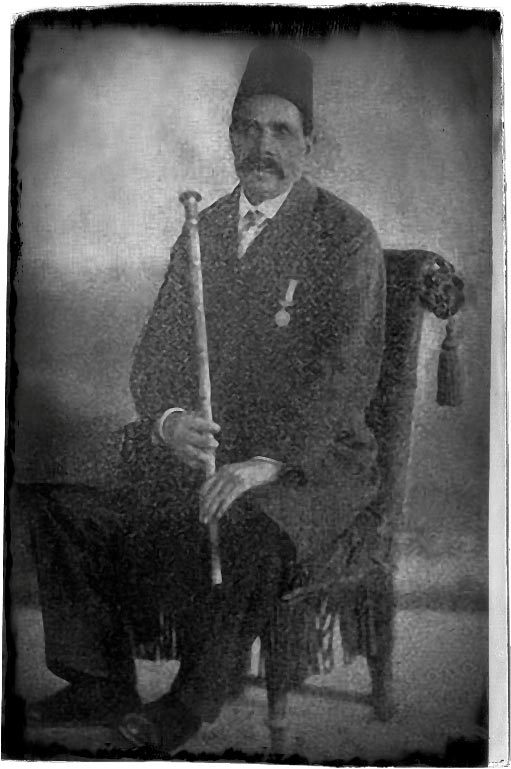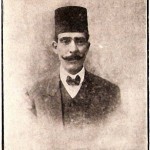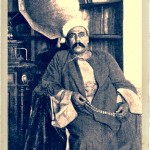Born to a family of musicians, ‘Alī Afandī ‘Abduh Ṣāliḥ is the first player of Arabic nāy that we have heard recorded on a disc. He recorded within Odeon’s second campaign in 1904 and the last recording of his playing that we have heard was made by Baidaphon in 1921. We know that ‘Alī ‘Abduh Ṣāliḥ used to play in ‘Abduh al-Ḥāmūlī ‘s takht, along with Muḥammad al-‘Aqqād, Aḥmad al-Laythī, Ibrāhīm Sahlūn and Abū Kāmil al-Raqqāq. His son, the famous qānūnist Muḥammad ‘Abduh Ṣāliḥ, said during a broadcast interview that himself was born to a family of musicians the most famous member of which was his father Alī ‘Abduh Ṣāliḥ.
‘Alī Afandī has no recording to his name because he always played within groups of musicians. All his taqāsīm mursala or ‘ala al-waḥda in our possession were recorded within pieces played by tukhūt such as Takht Al-Shawwā, or accompanying muṭribīn such as Sheikh Yūsuf al-Manyalāwī, ‘Abd al-Ḥayy Afandī Ḥilmī and Sheikh Sayyid al-Ṣaftī among many other muṭribīn.
Concerning his playing, he always adhered to a group, never seeking individual performance like nāy player Amīn al-Buzarī for example. One of his major skills consisted in being able to control the volume of his instrument, a very rare occurrence when it comes to wind instruments: nāy players often complain about their inability to control the volume of the nāy’s sound notably in high pitch notes. As for ‘Alī Afandī, he was able to decrease the nāy’s sound volume in high pitch notes i.e the jawāb, and increase it in the qarār i.e. the low pitch notes. This unique skill is clearly noticeable in his performances with muṭribīn.
Through the recordings of ‘Alī Afandī –very rare and hard to find– that we were able to gather, it appeared to us that he used to play the Turkish nāy at the beginning of his artistic career, and later shifted to the Arabic nāy. He may have also played both instruments, replacing one with the other at will. Yet, the difference between their sounds and the way they are played is almost null. The only difference between the Turkish nāy and the Arabic nāy is the device –a mouthpiece– added to the reed flute in the case of the Turkish nāy while the Arabic nāy is just the reed flute with no added device. The shape of this mouthpiece is close to the shape of a ṭarbūsh (fez or Turkish hat) and it is made of horn, bone, and sometimes of wood. It strengthens the nāy’s sound and increases the sound produced by the air entering the instrument.
When listening to the recording of an Arabic nāy with the Odeon takht for example, we clearly notice that the flow of air is much greater than the flow of air in the recording made by Baidaphon with Takht Al-Shawwā in 1921…



